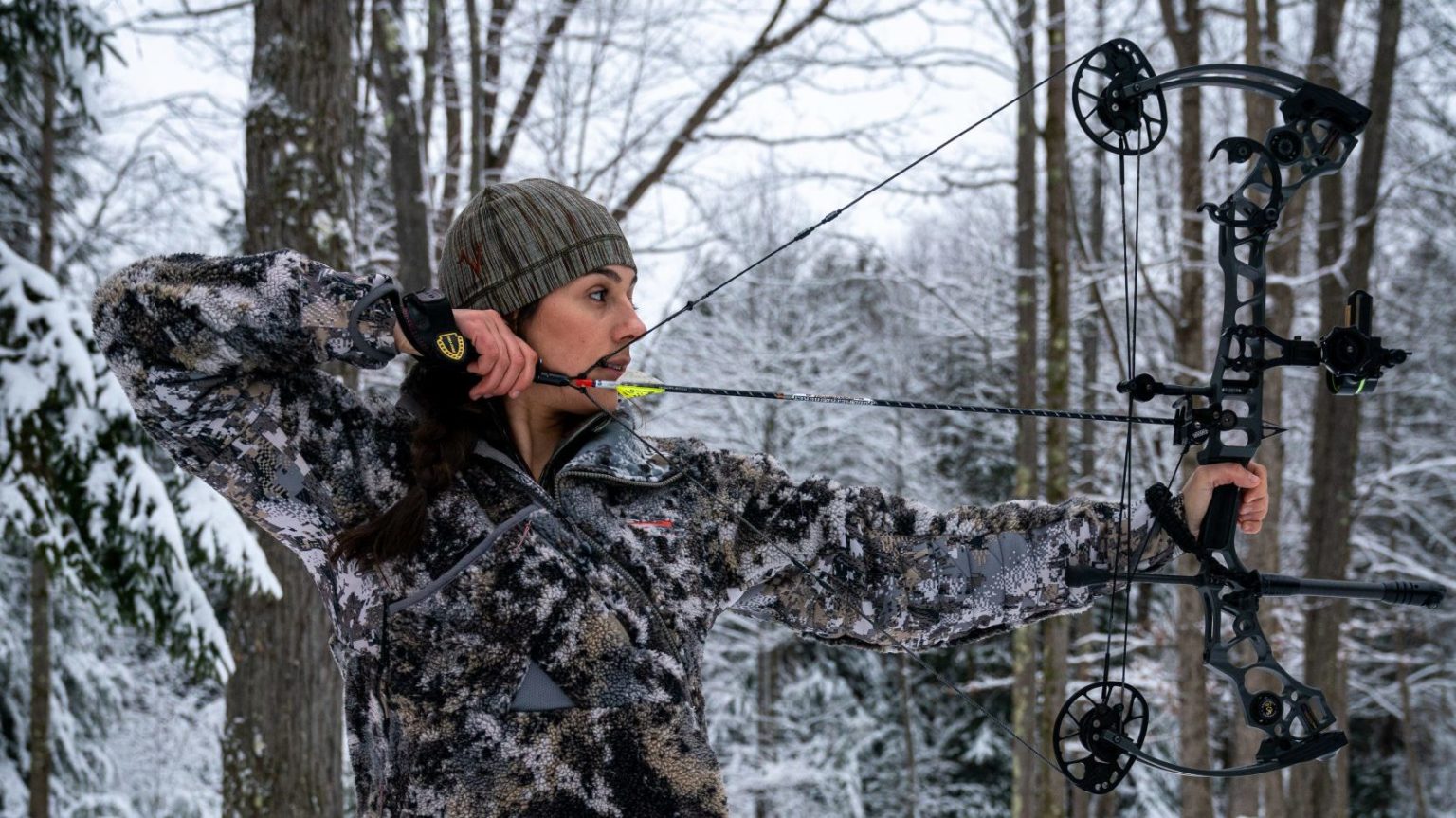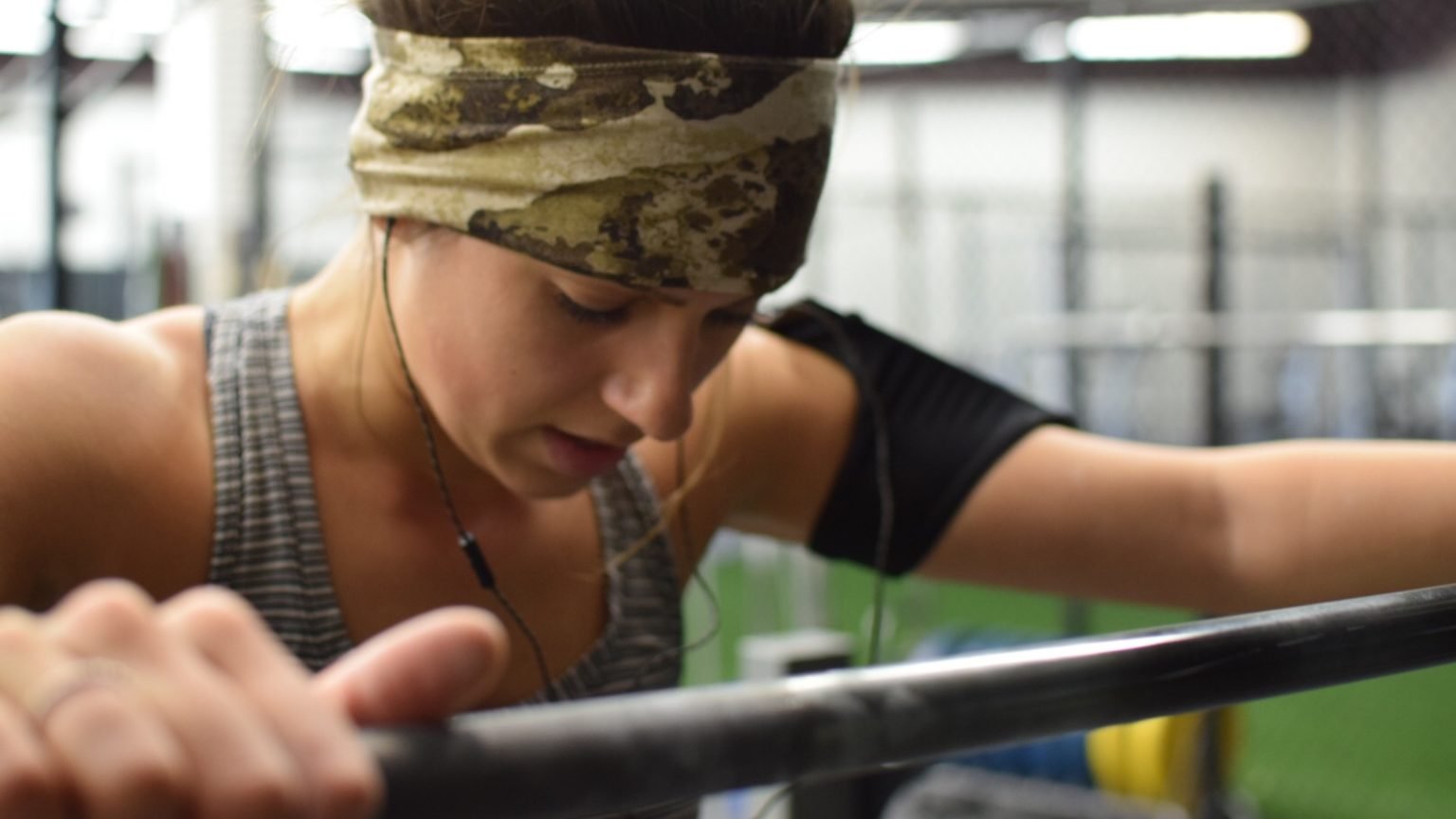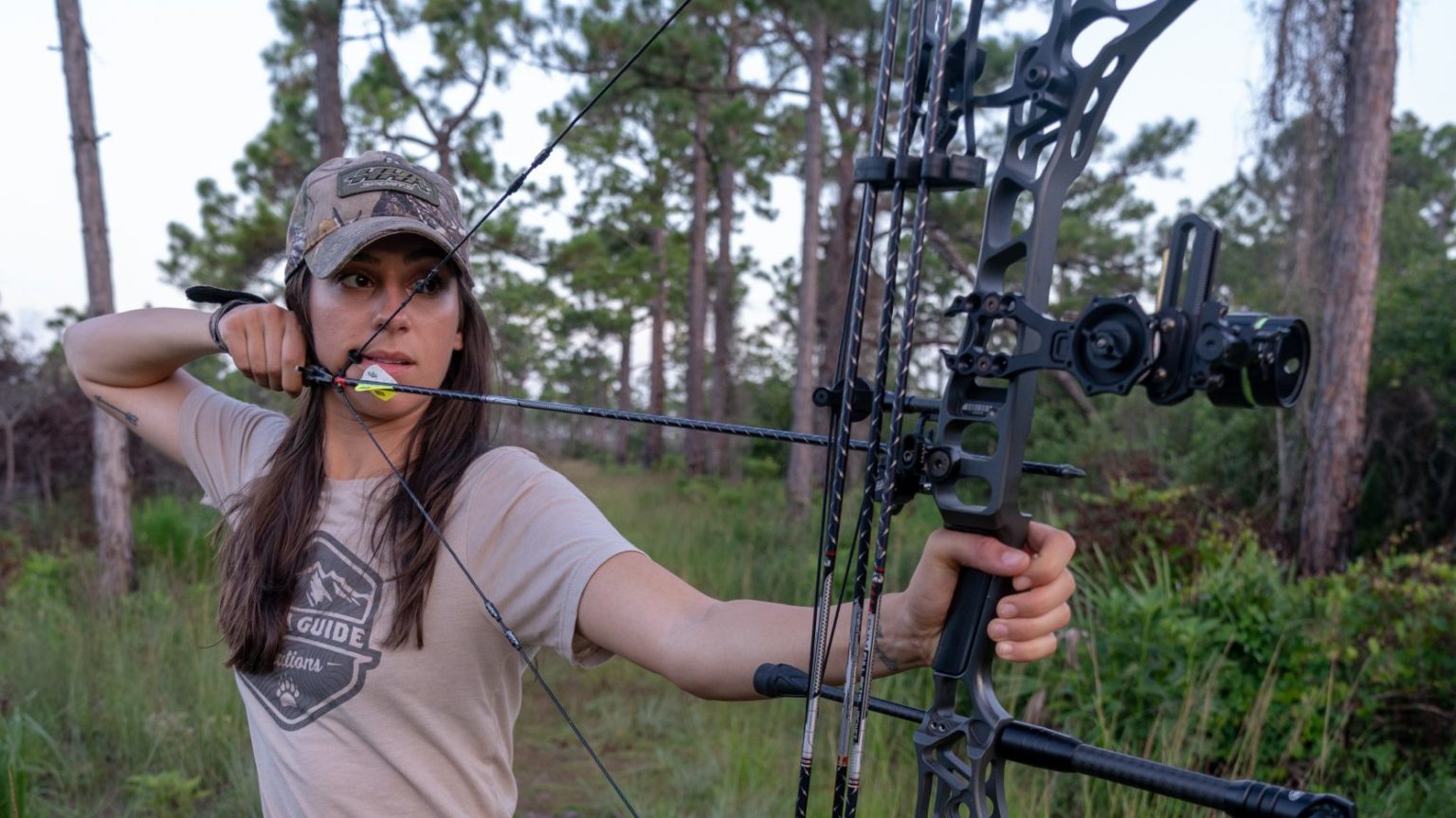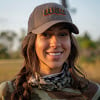Improving the health of your shoulders can help you become a better archer, and alleviate various aches and pains experienced while shooting a bow.

Archery is a low impact, safe, and fun activity for almost everyone. However, shoulder problems can occur and will linger if they aren’t addressed or proactively mitigated beforehand.
The shoulder is a complicated joint. It has more mobility than any other joint and has faster capability for movement therefore making it susceptible to injury.
The most common injuries among archers, myself included, occur through instability across the joint, which is good news. For many, this type of injury can significantly improve with proper programming.
Shoulder Pain While Shooting A Bow
My shoulder pain comes and goes. Typically it is the worst after long day of shooting my bow, long days casting a heavy fly rod, or after a bad night of sleeping on my side (more on that in a minute).
The pain is sharp and on the worst days, I struggle to lift my arms above my head without wincing. However, since I’ve adjusted my routine, bad days are few and far between.
Take everything I say here with a grain of salt. This is not medical advice; I’m just a chick who loves archery with cranky shoulders. By sharing my experience I hope to help kick start your journey to healthy happy shoulders.
Effective Shoulder Exercises For Archers
Archery is asymmetrical by nature so I work to offset that one-sided motion through my training. My focus is strengthening my rotor cuff, which is a group of four muscles that stabilize the shoulder and allow it to move properly.
Some of my favorite “beginner” exercises include internal rotation, external rotation, lateral raises, and standing rows.
Once you feel comfortable with those movements, reverse fly, 90/90 external rotation, straight arm lat pull downs, and victory raises are great to incorporate as well. For all of these movements I utilize resistance bands, which are inexpensive and can be easily used at home.
These movements are simple to learn via a quick YouTube search, but if you’re not comfortable teaching yourself at home, I’d encourage you to hire a personal trainer or physical therapist to help you through learning proper mechanics.

On the contrary, some movements put my shoulders in a vulnerable position and tend to cause pain. Here are a few specific shoulder exercises you should avoid if you have shoulder pain or injuries:
- Throwing motions
- Bench Press (especially barbells)
- Overhead Press, or any lifting of weights above your head
- Tricep Dips
- Upright Rows
Change Your Sleeping Position
I am a side sleeper, which is bad news for my shoulders. It’s a habit nearly impossible to break, however here are a few tips I’ve found helpful.
On the nights I can convince myself to sleep on my back, I use a weighted blanked laid across the upper half of my torso. This is definitely not for everyone, but I’ve found that the weight across my chest, shoulders and upper arms keeps me on my back and prevents me from rolling onto my side.
When the urge is too strong and I can’t fall asleep without being on my side, I deploy my next secret weapon: a ton of pillows. I use two pillows under my head (pretty standard for most folks) then roll onto my side and place one pillow under the center of my torso.
This pillow is critical, as it takes an enormous amount of pressure off my bottom shoulder by lifting my body and creating more space. Then I grab a fourth pillow and position it in front of my body to support my top arm. Without it, my top shoulder would roll forward. A fifth pillow isn’t out of the question for between my knees.
Again, everyone’s sleep habits are different and what works for me may not work for you. Here are a few other tricks worth trying :
- A neck support pillow. Similar to the ones you see people wearing on airplanes.
- Opt for a stiffer mattress ( I know, not fun)
- Build a pillow/blanket “nest” around you so you can’t roll over
Change How You Draw Your Bow
When I first started shooting a compound bow, the classic high elbow “use your back muscles” method caused me discomfort and pain in my draw cycle. It made my shoulder feel unstable, so I opted for a low elbow draw instead.
Turns out my low elbow technique may have further increased my shoulder irritation. So in late 2019, I decided to relearn my draw cycle with “proper” form. I use the word proper loosely because what works for one person may not work for another. It’s about finding what works best for you.
Everything clicked for me once I discovered the “push / pull / lever” method. I push with my lead arm, pull with my rear arm, and use my torso as a lever by slightly opening my chest as I come to full draw. I’m using my back muscles, but with a mental cue that helps keep my shoulder stable and my body in a proper position.
Another critical step in my journey was lowering my draw weight. Even now that I’m comfortable with my new form, I’ve kept it a few pounds lower than before. It’s worth buying new limbs to drop your poundage if need be. I wouldn’t have been able to relearn my draw cycle without taking this step, and drawing less weight has been great for my shoulders.

Warm Up Before Shooting Your Bow
Think about it. What sport, exercise, or other physical activity starts without warming up? It just makes sense. I like to keep an exercise band in my bow case for this very reason. A few light rounds of band exercises before a round of shooting really does the trick.
You won’t have the time to warm up during a hunting scenario, but a bulletproof shoulder girdle coupled with a shot of adrenaline is usually capable of handling a cold, stiff draw.
In Conclusion
It has taken six months of consistent workouts, mindful sleeping, and relearning proper shooting form to see improvements with my shoulders. And truth be told, the work will never stop.
Even if you’re able to alleviate the pain, maintaining shoulder health is a lifelong commitment. I like the mindset prehab, not rehab.
The journey is different for everyone, but hopefully my experience with shoulder pain and archery in some way helps yours!

 By
By 



